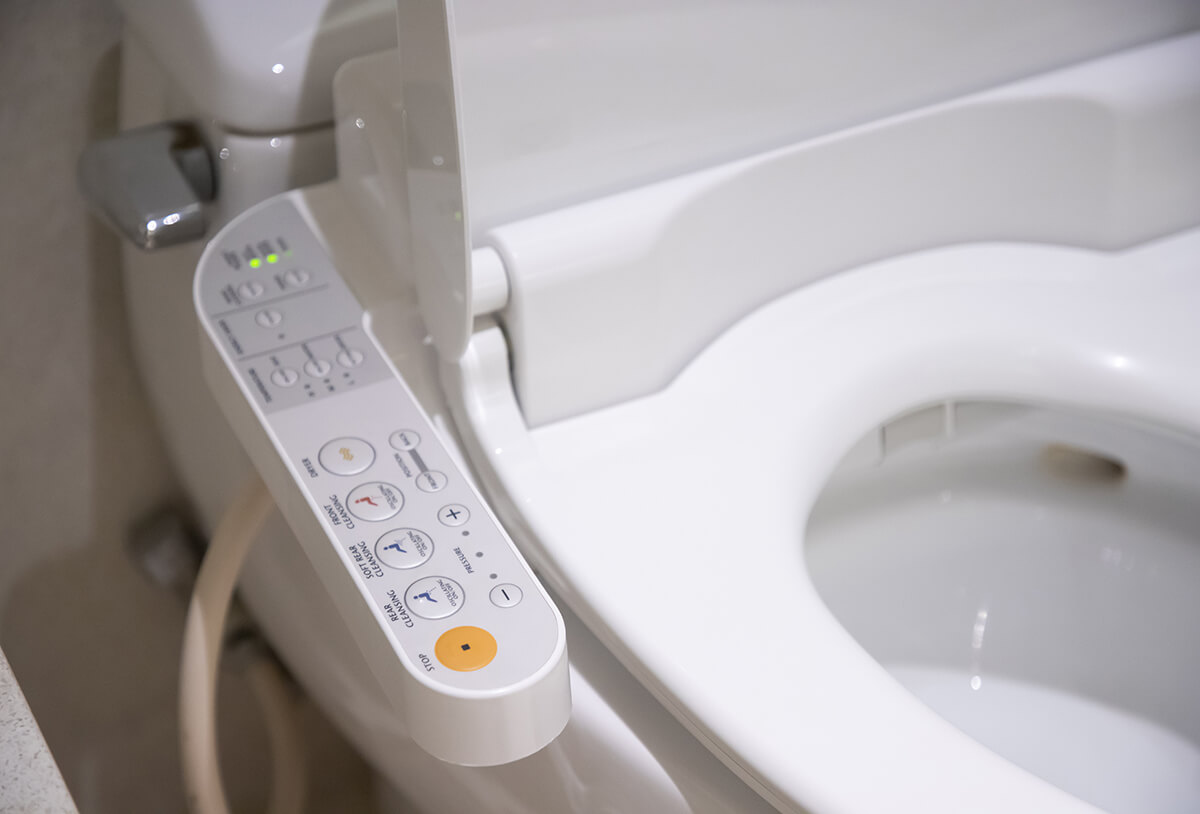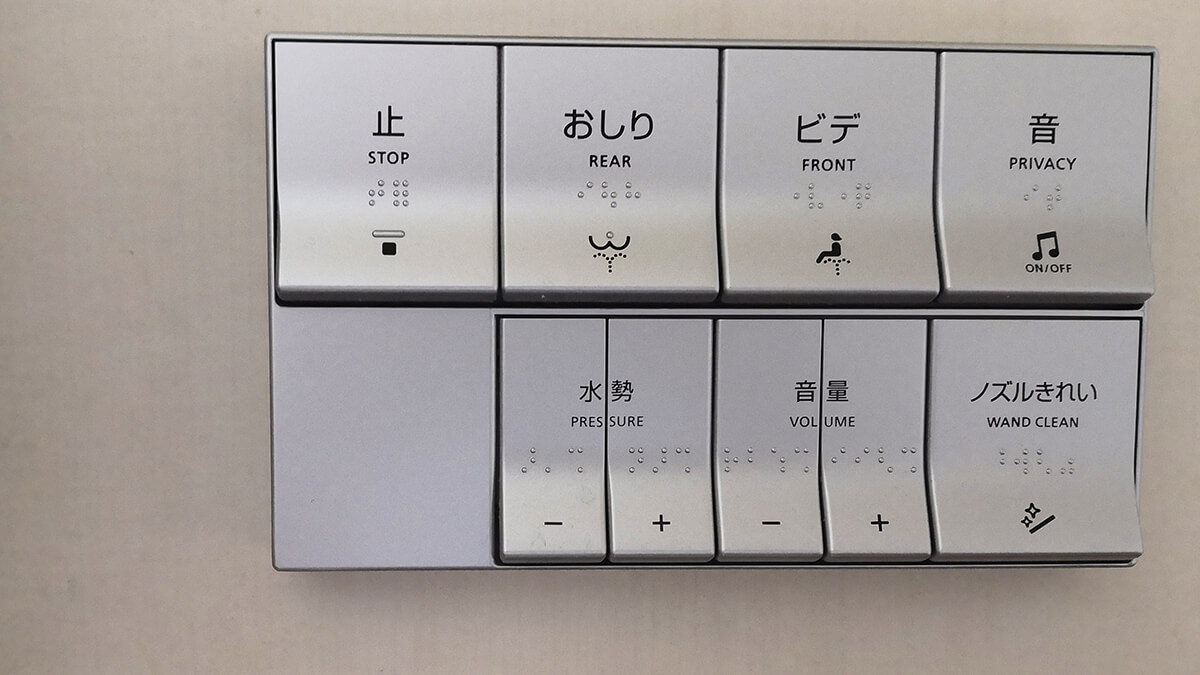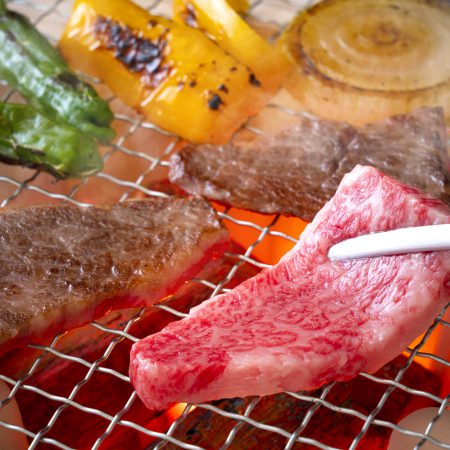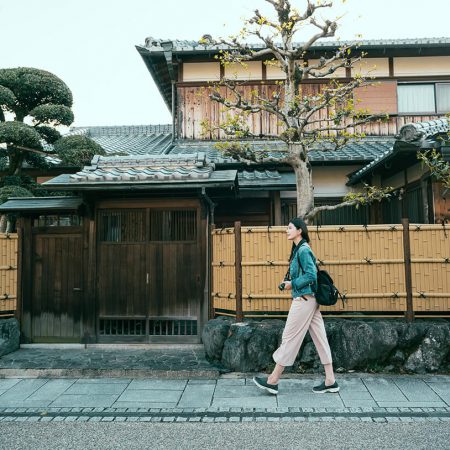A Westerner’s Guide to Japanese Musical Toilets

I just want to be vulnerable and share my story. Growing up in the US, I had no idea how clean Japanese people were living on the other side of the world. I mean, whenever I would finish using the bathroom, I had a sense that life wasn’t as fresh as it could be, but didn’t know how I could make it better. Fast-forward to the present day as a Tokyo resident, and it pains me to think that for so many years, I was walking around only partially sanitized.
Life in Japan for me is more…refreshing, so to speak, and it starts in the toire (トイレ). Toilet paper is merely a support system, but the heavy lifting comes from the power of the Japanese toilet, which I like to refer to as the “future toilet.” As I have now seen the blue light of Japanese toilets, I wish to share this gospel with you, that you may also aspire to a cleaner way of living.
Table of contents
The Not-So Secret Origin of Japanese Toilets
Although these featured-packed commodes are all the rage in Japan, now occupying over 70% of households, they are virtually unheard of in the US. This, despite the fact that the toilet/bidet hybrid was originally an American invention. In the 1960s, a marketing executive named Arnold Cohen developed a prototype all-in-one system to help his father who was suffering from rectal pain due to a medical condition. This new device did all the washing and drying for him.
In an effort to spread this revolutionary new gift to the masses, Cohen learned that bathroom behaviors were a taboo, “repulsive” subject among the American public. Further hurting the future toilet movement were ingrained negative associations with bidets by the British in Europe that carried over into the new world.
Whatever the reason, growth was slow for Cohen. He then licensed the patent to his invention to the TOTO company in Japan, who upgraded it to what is now known as the Washlet, and the rest is history.
While the Japanese were also slow to adapt to the new stool style, they eventually came around, and it’s almost expected to see one of these hi-tech poo receptacles everywhere you go.
Japanese Toilet Button Guide

I like buttons. Maybe a little too much. That’s why during my first encounter with a Japanese toilet, I nearly caught a stream of water to the face from playing with all the buttons on the side before sitting down. Don’t make the same mistake I nearly made. Learn to tame the beast, and your future toilet may just be your new best friend.
Some Japanese toilets come with as few as three buttons, and some with more than even your TV remote. Here are some features you can expect when using a toilet in Japan.
-
止 (tome)
– This button means “stop.” You’ll typically see this button slightly off to the side apart from the others. If, by chance, you push the wrong button and things get out of hand, this button is your safety.
-
おしり 洗浄 (oshiri senjō)
– You thought your butt was clean before? Pish-posh. One push of this button, and there’s no going back. Trust me, this is the cleanest your cavity will ever be.
-
やわらか (yawaraka)
– If your oshiri isn’t used to getting hit with a jet stream of refreshment, this mode cleans your bum with a gentler, more dispersed water flow.
-
ビデ (bide)
– It would seem that the meaning of this one got lost in translation from French. While bidet typically is associated with cleaning the rear, in Japan, it’s for the ladies to clean the front.
-
水勢 (suisei)
– You can adjust the water pressure when cleaning yourself by pressing this button.
-
流す (nagasu)
– Ready to flush but can’t find the classic lever? Look for this kanji on the toilet control panel. There are usually two options; 小 (chīsai) for a half flush, and 大 (ōkī) for those larger jobs.
These are the typical basic functions in a “smart” toilet. For a little extra cash, you can enjoy features that include playing a volume-adjustable sound or music to mask the noise being emitted from your orifices. Additionally some toilets will even open the top lid when you enter the room and pre-disinfect the bowl prior to your usage. Talk about getting the VIPee treatment!
One personal favorite feature of mine is the built-in seat warmer that most toilets have. Nothing kills the mood more than having to hit the head in the middle of a cold winter night and being given a frozen bum for your troubles!
You may be wondering at this point if the nozzle used to powerwash your booty would get dirty itself. The truth is, most nozzles in Japanese toilets have a self-cleaning function to keep everything as sanitary as possible. That makes one less excuse for not having a future toilet in your home, not that there’s any valid reason to begin with.
The Future is Now

Deep down inside, I think we all feel something is wrong with our post-poo process in the West. All we have is toilet paper. You may think your wiping method is superior to others, but that’s only half the battle. Nothing beats a thorough, meditative cleansing that only a musical Japanese toilet can provide. It’s time to re-examine everything we think we know.
If learning more about Japanese toilets hasn’t convinced you that a better life in the bathroom exists, I’m not sure what will.
Motto Japan, the community platform to support foreigners with the foundation for life in Japan, including Japanese study, job opportunities, and housing service. Motto Japan Media will provide a wide variety of information for Japanese fans all over the world, to create a cross-cultural environment and enrich the life of foreign residents in Japan!













Leave a Reply